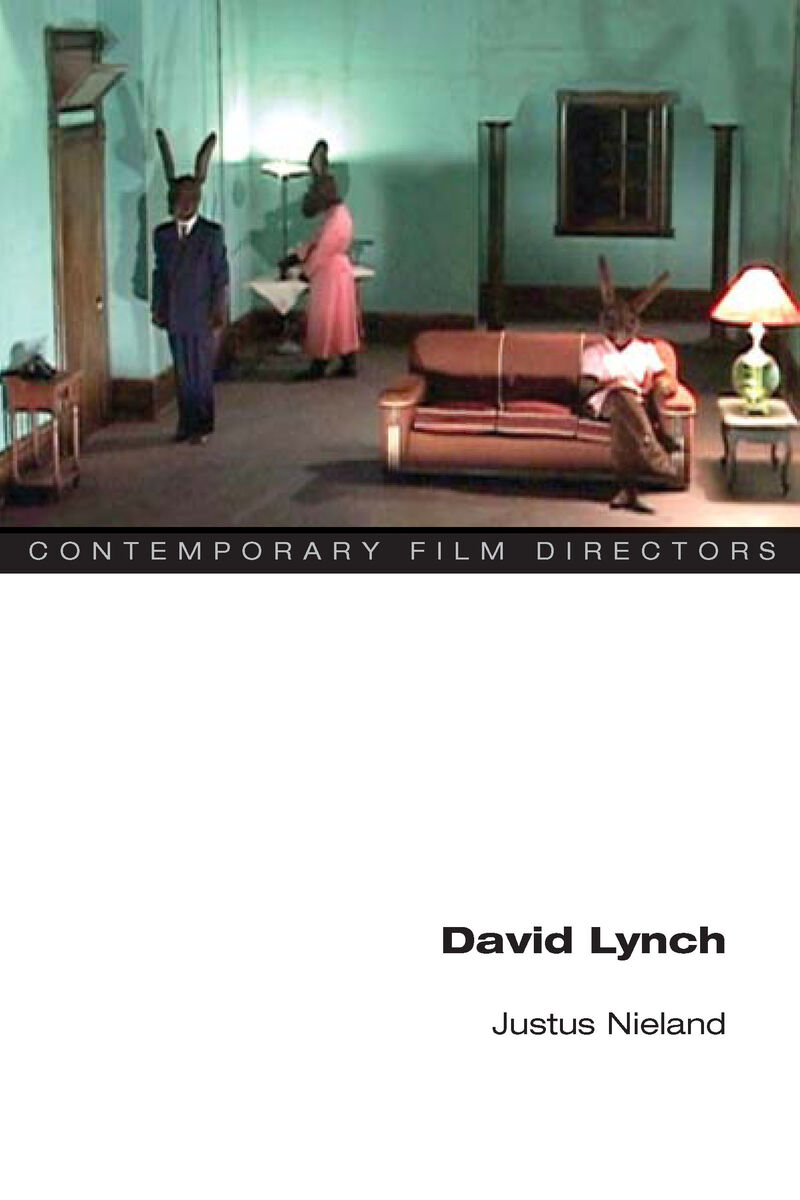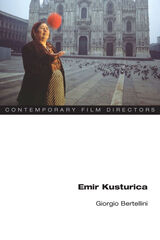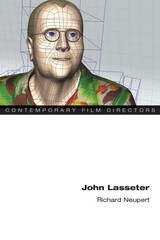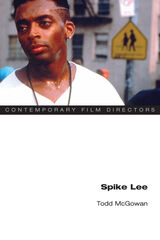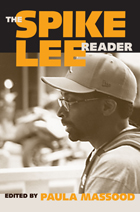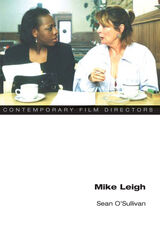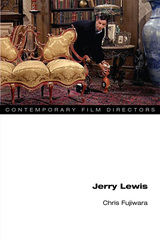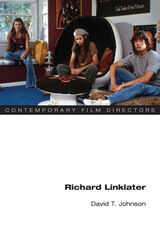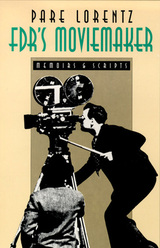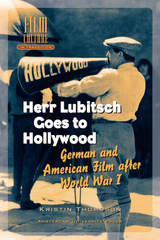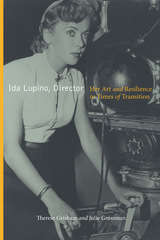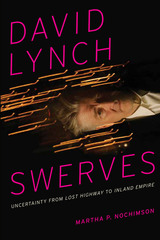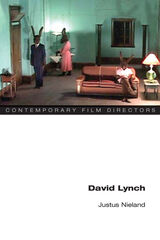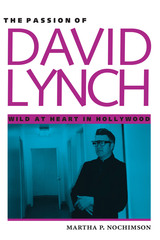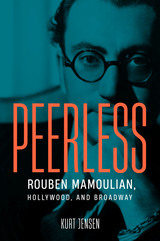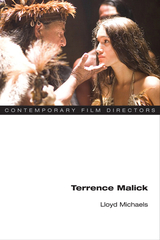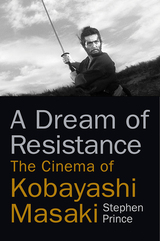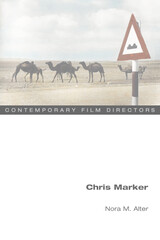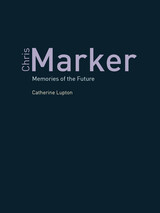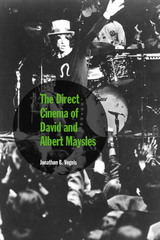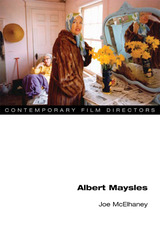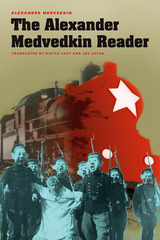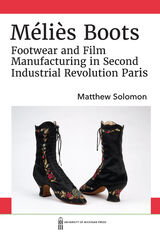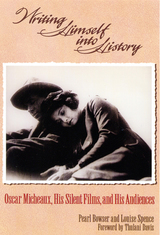David Lynch
University of Illinois Press, 2012
Cloth: 978-0-252-03693-4 | Paper: 978-0-252-07851-4 | eISBN: 978-0-252-09405-7
Library of Congress Classification PN1998.3.L96N54 2012
Dewey Decimal Classification 791.430233092
Cloth: 978-0-252-03693-4 | Paper: 978-0-252-07851-4 | eISBN: 978-0-252-09405-7
Library of Congress Classification PN1998.3.L96N54 2012
Dewey Decimal Classification 791.430233092
ABOUT THIS BOOK | AUTHOR BIOGRAPHY | REVIEWS | TOC
ABOUT THIS BOOK
A key figure in the ongoing legacy of modern cinema, David Lynch designs environments for spectators, transporting them to inner worlds built by mood, texture, and uneasy artifice. We enter these famously cinematic interiors to be wrapped in plastic, the fundamental substance of Lynch’s work. This volume revels in the weird dynamism of Lynch’s plastic worlds. Exploring the range of modern design idioms that inform Lynch’s films and signature mise-en-scène, Justus Nieland argues that plastic is at once a key architectural and interior design dynamic in Lynch’s films, an uncertain way of feeling essential to Lynch’s art, and the prime matter of Lynch’s strange picture of the human organism.
Nieland’s study offers striking new readings of Lynch’s major works (Eraserhead, Blue Velvet, Wild at Heart, Mulholland Dr., Inland Empire) and his early experimental films, placing Lynch’s experimentalism within the aesthetic traditions of modernism and the avant-garde; the genres of melodrama, film noir, and art cinema; architecture and design history; and contemporary debates about cinematic ontology in the wake of the digital. This inventive study argues that Lynch’s plastic concept of life--supplemented by technology, media, and sensuous networks of an electric world--is more alive today than ever.
See other books on: 1946- | David Lynch | Direction & Production | Entertainment & Performing Arts | Lynch, David
See other titles from University of Illinois Press
